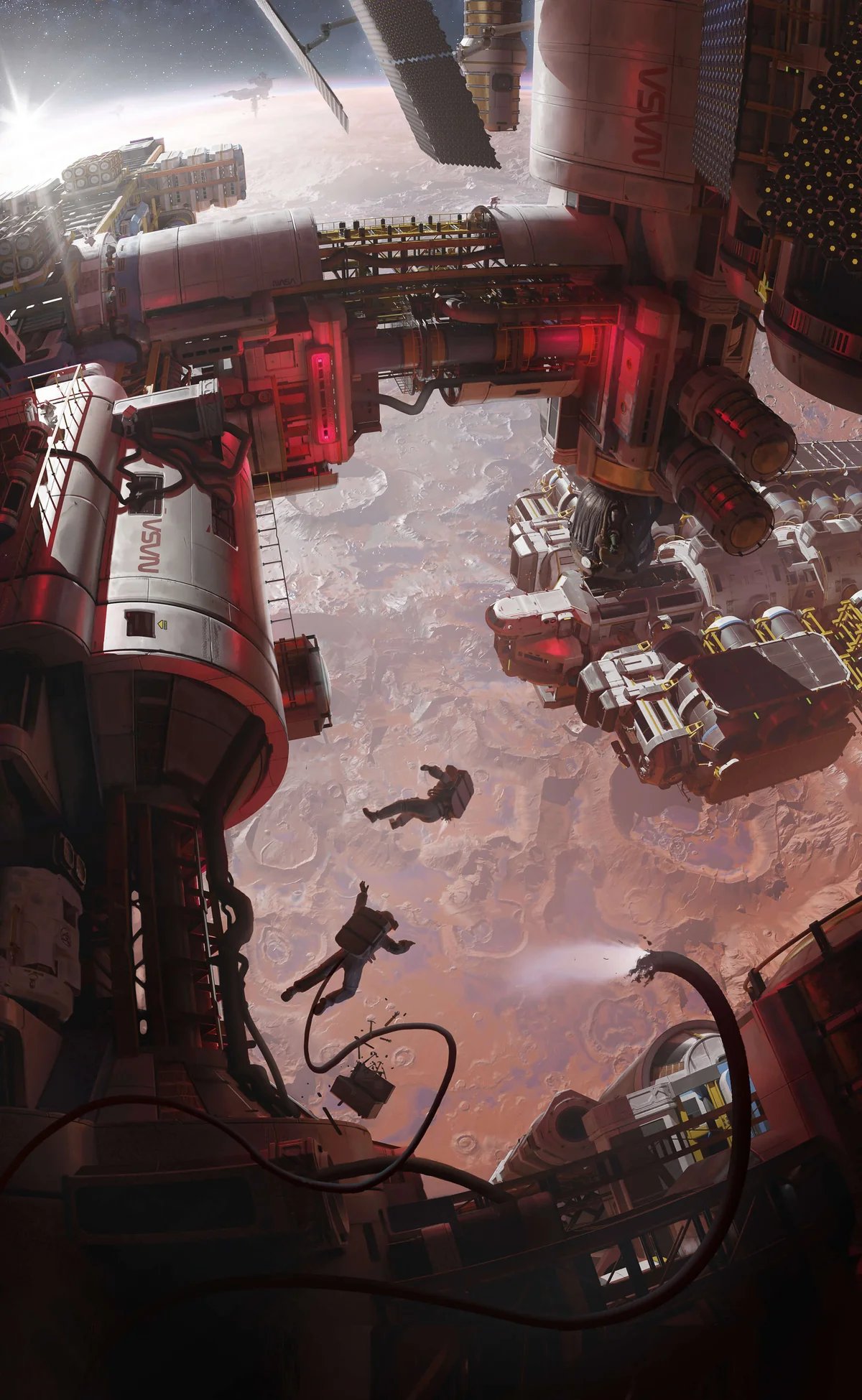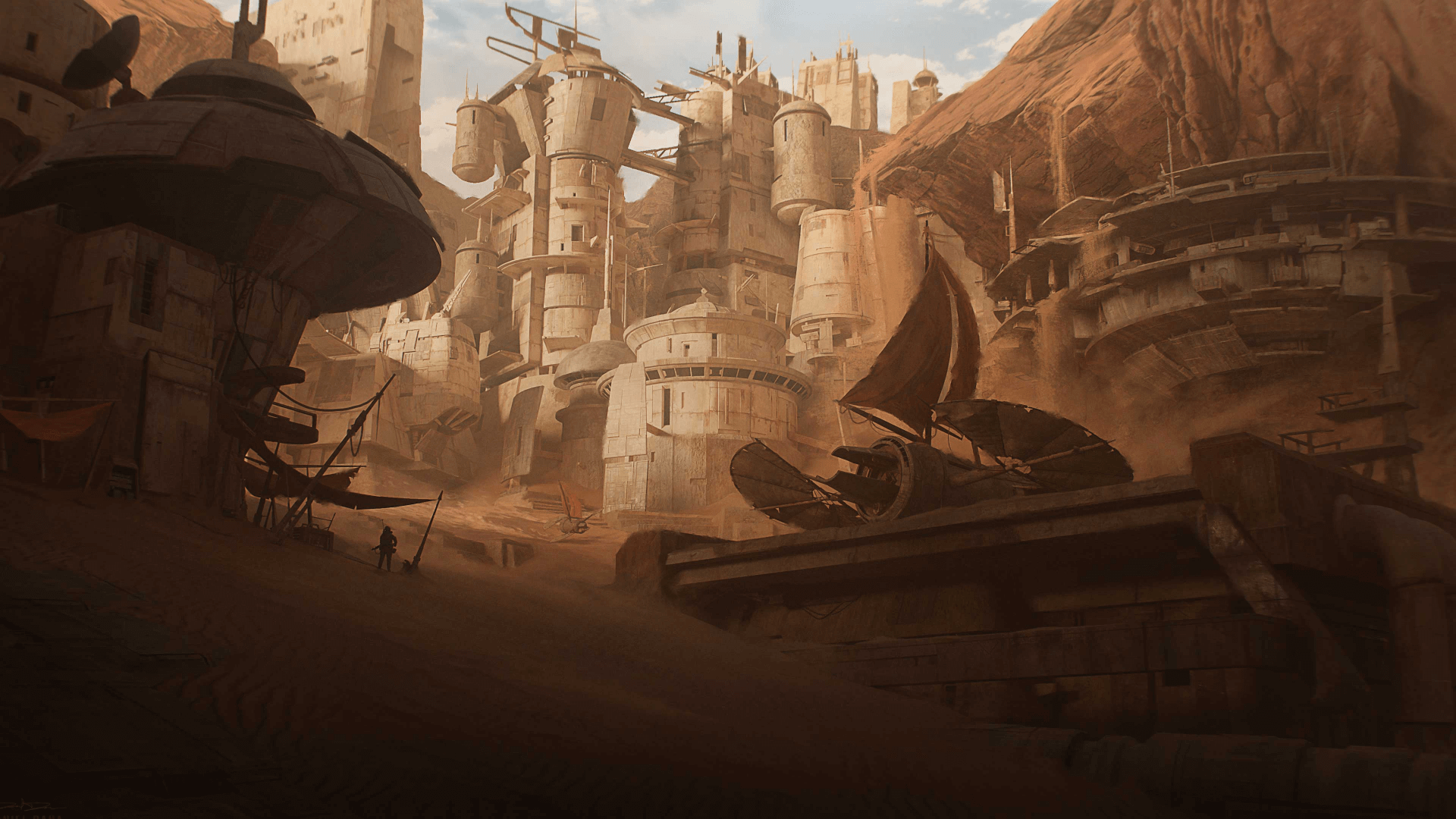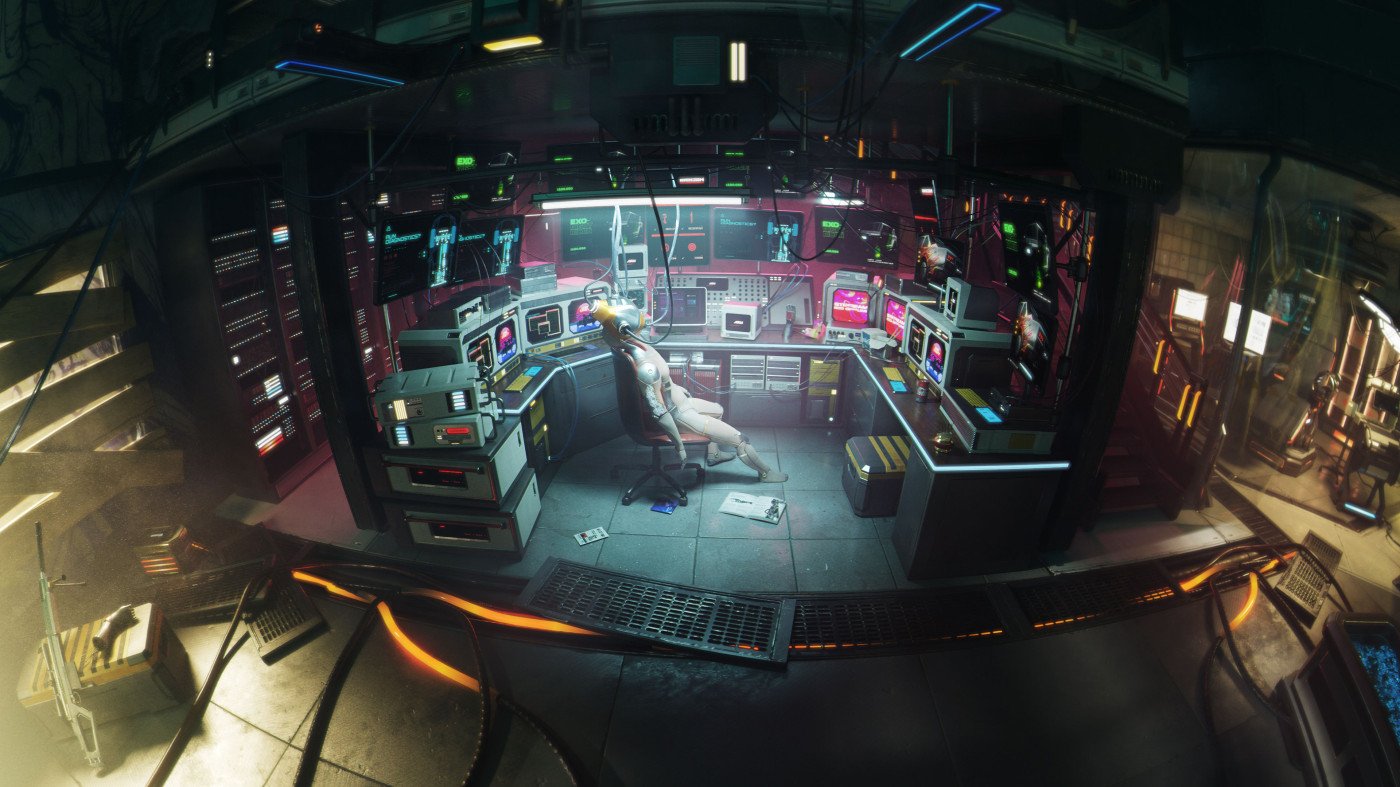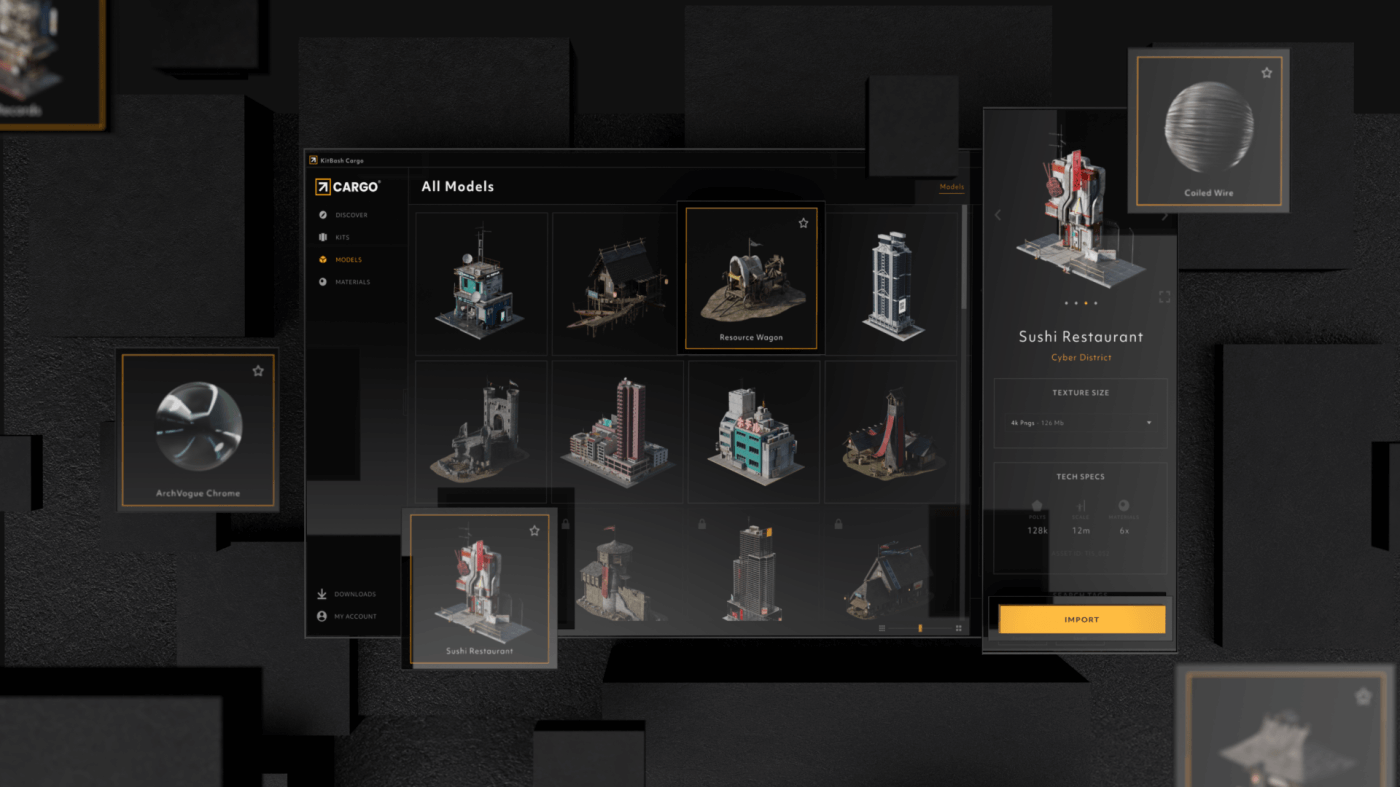When you unlock a level on the latest AAA video game or cheer in the theater during an epic superhero battle, it’s the culmination of a long process of interpreting a story into a visual spectacle. And it all starts with concept art.
In this article, we’ll reveal how concept art is the secret superpower behind the greatest movies, video games, and TV.
Short on time? Here’s what you need to know.
- Concept art visualizes an idea from a story, script, or text to communicate with an audience.
- Concept art inspires the development of a world, scene, character, or object. It’s also a marketing tool for pitching fans, partners, and investors.
- Concept artists create characters, props, and environments that they interpret for movies, video games, and TV shows.
What is concept art?
Concept art takes a story and visualizes that idea to communicate with an audience.
Typically, concept art is one of the earliest production phases for video games, movies, TV shows, theme parks, and architectural designs.
Concept art helps a director, creator, or team visualize an idea they are thinking of or developing from a text (script, book, podcast). Historically these interpretations were created by hand drawing, sketching, and painting. Some of the most famous historical concept artists include Ralph McQuarrie, whose designs inspired Star Wars; Ken Adam, who created concept art for James Bond films in the 1960s and 1970s; and H.R. Geiger, who inspired the creepy designs for the Alien franchise.
Today, concept art is commonly created through 3D design tools and is critical to any production getting off the ground.
“We’re literally their hand that brings this world to life,” says James Paick, a concept artist who’s worked on video games like Titanfall and Call of Duty.
Concept art isn’t just a practical tool for a team to create a scene; it’s also a marketing tool to help directors and creators pitch their ideas to investors, producers, or the board of directors. That’s why corporate presentations and industry events like D23 or San Diego Comic-Con use concept art to tease fans and business partners alike about what’s to come before continuing the full production.
“Concept artists are ultimately the initial tool that a director or studio can use to figure out what is the visual look or the project,” says Alex Alvarez, founder of Gnomon, the “MIT of visual effects.”
Without the tool of concept art, most of your favorite movies and video games probably wouldn’t have happened. But who are the people behind concept art?
What does a concept artist do?
We asked Ash Thorp, a director and designer who’s worked on films like Prometheus, Ghost in a Shell, Blade Runner 2049, and Total Recall, to describe his job.
“Taking abstract words and visuals and bringing them to life,” Thorp says. “My goal is to take what’s inside their mind and give it to everybody.”
Concept artists need a powerful imagination paired with technical skills to interpret an idea into a visual. There are three different categories of concept artists:
- Character designers: Concept artists who develop characters for a story, both humanoid and creatures
- Environmental designers: Also known as “world builders,” these concept artists visualize the landscapes, scenery, and organic materials that make up a scene or space
- Prop designers: These concept artists interpret the vehicles, weapons, and everything in between for a video game, movie, or TV project. In some cases, a prop concept artist will work closely with a practical effects team to produce real-world things for actors to interact with
So, no matter the story and scale of a project, everything starts with a concept artist's clarification of an abstract idea.
Want to create concept art? Here’s where to start.
If you want to start a career (or side hustle) in concept art, you’ll need to start practicing.
Download Cargo, and you’ll get access to over 15,000 premium 3D models and materials from KitBash3D (that’s us). Cargo includes a 1-click import to get you creating ASAP as well as a powerful search and filtering for ease. The vast library of 3D assets hosts a wide variety of genres, from fantasy and sci-fi to real-world cities, so you can create a new piece of concept art just like the pros.




